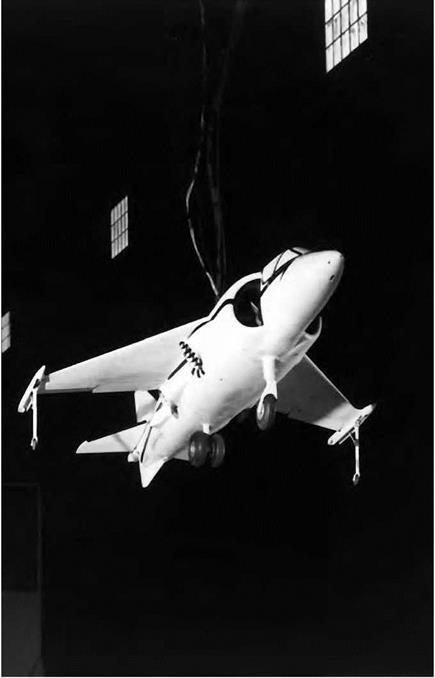Into the Future
The preceding discussion can serve only as a brief introduction to NASA’s massive research contribution to aviation in the realm of human factors. Hopefully, however, it has clearly made the following point: NASA, since its creation in 1958, has been an equally contributing partner with the aeronautical industry in the sharing of new technology and information resulting from their respective human factors research activities.
Because aerospace is but an extension of aeronautics, it is difficult to envision how NASA could have put its first human into space without the knowledge and technology provided by the aeronautical human factors research and development that occurred in the decades leading up to the establishment of NASA and its piloted space program. In return, however, today’s high-tech aviation industry is immeasurably more advanced than it would have been without the past half century of dedicated scientific human factors research conducted and shared by the various components of NASA.
Without the thousands of NASA human factors-related research initiatives during this period, many—if not most—of the technologies that are a normal part of today’s flight, air traffic control, and aircraft maintenance operations, would not exist. The high cost, high risk, and lack of tangible cost effectiveness the research and development these advances entailed rendered this kind of research too expensive and speculative for funding by commercial concerns forced to abide by "bottomline” considerations. As a result of NASA research and the many safety programs and technological innovations it has sponsored for the benefit of all, countless additional lives and dollars were saved as many accidents and losses of efficiency were undoubtedly prevented.
It is clear that NASA is going to remain in the business of improving aviation safety and technology for the long haul. NASA’s Aeronautics Research Mission Directorate (ARMD), one of the Agency’s four major directorates, will continue improving the safety and efficiency of aviation
with its aviation safety, fundamental aeronautics, airspace systems, and aeronautics test programs. Needless to say, a major aspect of these programs will involve human factors research, as it pertains to aeronautics.[439]
It is impossible to predict precisely in which direction NASA’s human factors research will go in the decades to come; however, based on the Agency’s remarkably unique 50-year history, it seems safe to assume it will continue to contribute to an ever-safer and more efficient world of aviation.

|










